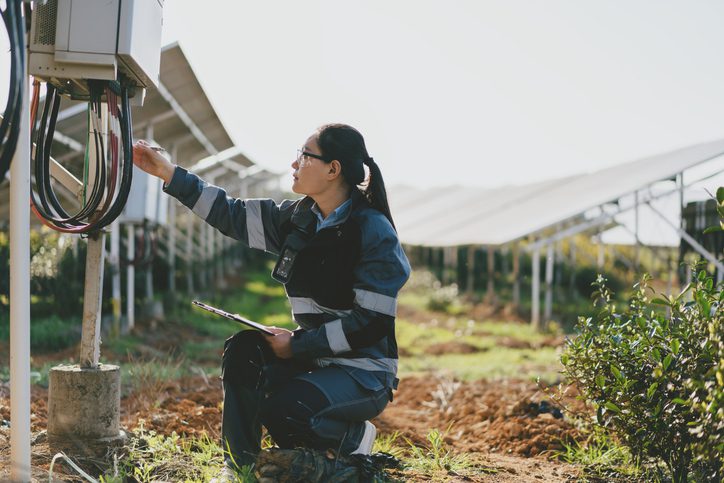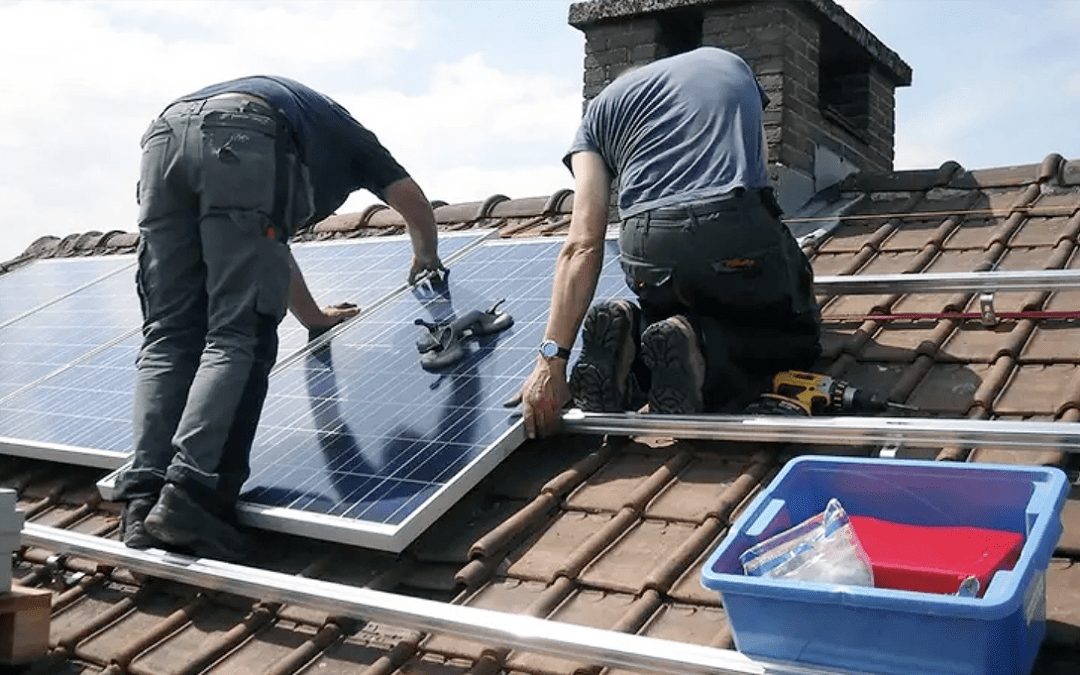Recent research from the US Department of Energy found that over a 15-year stretch, Nevada auto owners with battery electric vehicles or plug-in hybrids are projected to save more than $10,000 compared to those who own a traditional gasoline-powered vehicle.
Drivers who have recently switched from internal combustion-powered automobiles to electric vehicles have collectively saved more than half a billion dollars since President Joe Biden signed the Inflation Reduction Act (IRA) into law, according to a recent study from the US Department of the Treasury.
American consumers have saved a cumulative $600 million to date on new and pre-owned EV purchases since the IRA was signed in 2022, thanks largely to new tax credit provisions from the legislation, according to the Treasury’s study published May 3.
2023 was the first full year the IRA’s tax credit was available and since Jan. 1 of this year, EV buyers are able to use the credit as an up-front payment for the vehicle at the point-of-sale, rather than waiting to claim the credit on their federal income tax return.
Those tax credits have saved consumers an average of $6,900 per vehicle sold, according to the Treasury. The study also found EV owners save an average of $14,500 over a 15-year span compared to those who own traditional gasoline-powered vehicles. Statewide figures on EV purchases are not yet available, according to a Treasury spokesperson.
But the study referenced research from the Department of Energy that found Nevadans led the nation in average savings for owners of both battery electric vehicles (BEV) and plug-in hybrid vehicles (PHEV). Over a 15-year span, BEV owners are projected to save $12,047 and PHEV owners $10,844 using standard charging behaviors and equipment.
That’s good news for Nevada, as officials turn to lithium battery manufacturing and recycling as a means to diversify the state’s economy. Last year alone, the state handed out billions in tax abatements for a new Tesla “gigafactory” as well as a battery recycling facility owned by Redwood Materials. In March, Canada-based Lithium Americas was awarded a $2.3 billion federal loan to build a processing facility next to its lithium mine at Thacker Pass, which is the only functioning mine in North America that extracts lithium, a critical element in the EV battery supply chain.
The Biden administration rolled out the incentives, in part, to stimulate the development and demand for a clean vehicle industry that would reduce the country’s reliance on fossil fuels, which are the major contributor to climate change.
And the plan appears to be having success: The Treasury also noted the tax credits helped contribute to roughly 1.5 million EV sales in 2023 — a 50% year-over-year increase in compared to 2022 figures, and the highest annual total on record. Officials forecast that level to rise an additional 30% before the end of this year.
Here’s the deal:
Under the Inflation Reduction Act, people who buy certain models of new, electric vehicles (or eligible plug-in hybrids) are eligible for a tax credit of up to $7,500—or $4,000 for used vehicles.
This year, that federal tax credit is much more convenient—namely because people who buy new or used electric vehicles no longer need to wait to claim the tax credit on their annual tax returns, and can instead receive it upfront at the dealership and apply it to the down payment.
And as prices for EV have plummeted in recent months, drivers are now only paying about $5,000 more for an electric car compared to new, gasoline-powered models, reports show. The declining cost of EVs also means the federal tax credits could actually make EVs cheaper than comparable gas-powered models for some drivers.
How does it work?
Dozens of new and used electric vehicles qualify for the federal tax credit — with availability depending on several factors, including the vehicle’s price, the components and minerals used to assemble its battery, and whether it underwent its final assembly in North America.
To qualify, prospective buyers must also purchase the vehicle for their own use — not for resale.
Additionally, the buyer’s modified adjusted gross income (or AGI) cannot exceed certain thresholds — $75,000 for individuals buying used cars, or $150,000 for those buying new cars. Those caps are higher for heads of households and married couples who file taxes jointly.
Federal officials said more than 100,000 tax credits have been issued at dealerships so far this year, including more than 15,000 tax credits that were applied to the purchase of used vehicles.
The Gander’s Kyle Kaminski contributed to this report.
Follow Casey Harrison on X here.

Nevada doesn’t have any rules to protect workers from extreme heat. That could change soon.
Approximately 307 people died in Southern Nevada last year due to heat-related injuries, experts told a panel of lawmakers earlier this month. ...

Sen. Cortez Masto’s bill to help restore Lake Tahoe passes Senate
If signed into law by President Joe Biden, the bill would authorize federal officials to use $350 million in unallocated funds for Tahoe restoration...

Biden-Harris administration proposes first-of-its-kind heat protections for workers
The proposal comes weeks after an intense heat wave enveloped much of the southwest, including Southern Nevada, where temperatures in June...

Buscan crear conciencia sobre la crisis que enfrentan diferentes especies de polinizadores
Una resolución bipartidista destaca la importancia de las abejas, los murciélagos y las mariposas durante la “Semana de los Polinizadores”. Una...

CEO: New Clark County solar parts facility wouldn’t have been possible without Biden legislation
The opening of Unimacts’ 160,000-square-foot factory in Sloan will help expand Nevada’s presence in the clean energy sector and was only made...

California is building the largest water recycling plant in the US. How will that help Nevada?
The federal government gave $99 million to help build a state-of-the-art water recycling facility planned to open in 2032. Officials hope it will...






